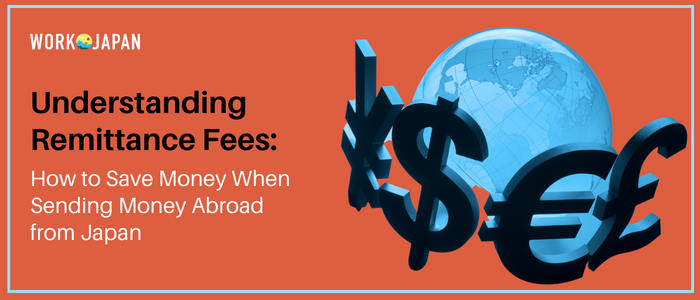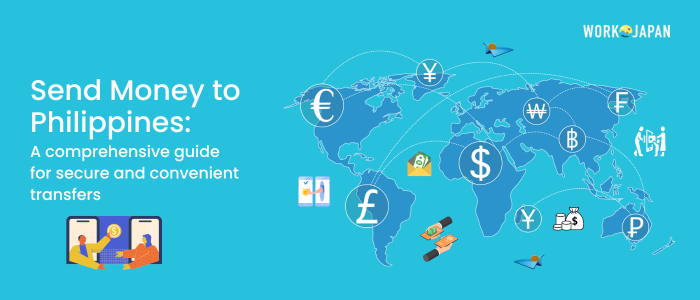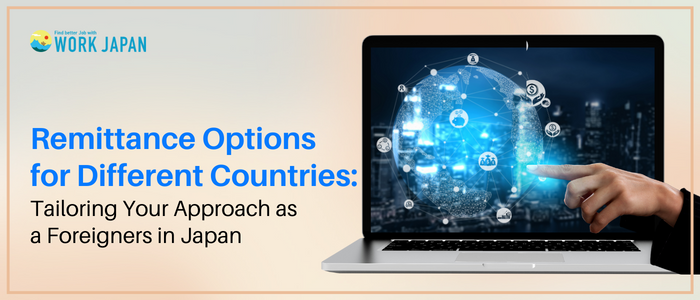Introduction
As a foreign worker in Japan, you may often find the need to send money back to your home country to support your family or manage financial obligations. However, the process of remittance can be accompanied by various fees and charges, which can significantly impact the amount of money you send. Understanding remittance fees and knowing how to save money on these transactions is crucial for maximizing your hard-earned income. In this comprehensive guide, we will delve into the world of remittance fees, explore the factors that influence them, and provide you with practical tips on saving money when sending money abroad from Japan.
What are Remittance Fees?
Remittance fees refer to the charges imposed by financial institutions or money transfer service providers for sending money from one country to another. These fees are typically based on a percentage of the transfer amount or a flat fee. It’s essential to understand the different types of fees associated with remittance, including transaction fees, exchange rate fees, and intermediary fees.
Factors Influencing Remittance Fees
Several factors influence the remittance fees you may encounter when sending money abroad from Japan.
These include
- Transfer method
- Transfer amount
- Destination Country
- Exchange rates, and the service provider you choose.
Understanding these factors will help you make informed decisions to minimize fees and maximize your remittance amount.
Comparison of Remittance Service Providers
To save money on remittance fees, it’s crucial to compare different service providers and their fee structures.
Look for providers that offer competitive
- Exchange rates,
- Low or no transaction fees
- Transparency in their fee structure.
Popular remittance service providers include banks, online money transfer platforms, and specialized remittance companies.

Timing Your Remittance
Timing your remittance strategically can help you take advantage of favourable exchange rates and reduce fees. Keep an eye on exchange rate fluctuations and market trends to identify periods when the exchange rate is more favourable for your desired transfer. Planning your remittance during such periods can help you save money.
Exploring Alternative Remittance Methods
Traditional bank transfers are not the only option for sending money abroad. Explore alternative remittance methods, such as online money transfer platforms, peer-to-peer payment apps, or digital wallets. These platforms often offer competitive rates and lower fees compared to traditional banks.
Negotiating Remittance Fees
In some cases, it’s possible to negotiate remittance fees, especially when dealing with larger transfer amounts. Contact your bank or remittance service provider to inquire about any promotional offers or discounts that may be available. Negotiating fees can lead to significant savings, particularly for frequent or high-value remittances.
Using Currency Exchange Specialists
Currency exchange specialists, such as foreign exchange brokers or currency exchange kiosks, can provide competitive exchange rates and lower fees compared to banks. Consider using their services to exchange your money before initiating the remittance, ensuring you get more value for your money.
Conclusion
Understanding remittance fees and employing strategies to save money when sending money abroad from Japan is essential for foreign workers. By familiarizing yourself with the different types of fees, comparing service providers, timing your remittances strategically, and exploring alternative methods, you can significantly reduce costs and increase the amount of money you send to your loved ones. Remember to stay informed about exchange rates, negotiate fees where possible, and consider using currency exchange specialists for better rates. With careful planning and research, you can optimize your remittance transactions and make the most of your hard-earned income.








